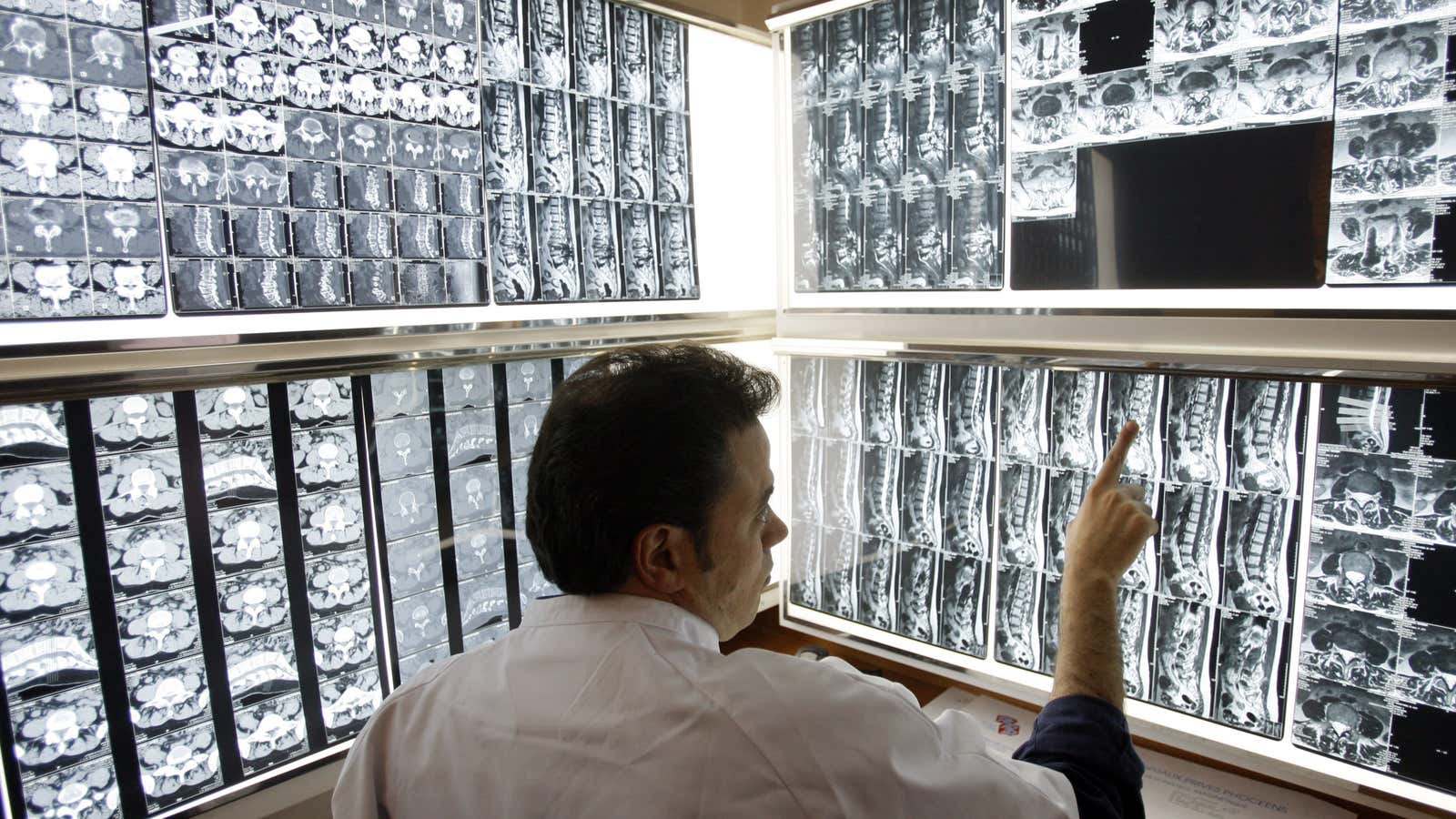Sometimes even insured people are better off paying out of pocket.
This might seem counterintuitive for policyholders, since when they get their bills they see how much discount their insurance company was able to get over the list price.
For example, according to my own insurance report, this year I accessed services for a total list price of $657, though the insurance negotiated a discount of $408, reducing the cost to $249. Does that mean that without insurance I would have had to pay $657 to get the same services? Not necessarily.
Often enough, the so-called self-pay price for services, or the price a patient without insurance is asked to pay, can be lower than the price negotiated by insurance companies—and sometimes even lower than a copay, too.
Self-pay discounts can help lower medical bills
The difference between self-pay and insurance rates can be significant. For instance, a chest x-ray at the Mayo Clinic Hospital in Phoenix, Arizona is $154 for self-pay, and $304.50 with Blue Cross Blue Shield, according to data collected by Solv Health, a platform connecting patients with urgent care appointments. Similarly, the Aetna insurance-negotiated price for stitches at Bellevue Hospital Center in New York City is $1,057, while the self-pay is about half as much, at $544. At the same hospital, the price billed to the insurance for a wrist x-ray is $451 vs. $280 if you pay yourself.
There are several reasons explaining these discrepancies. First, insurers have a limited incentive to negotiate down the bills as much as they can, because they eventually pass the costs onto the policyholders. Second, providers spend a lot of money dealing with insurance bureaucracy, and a patient’s direct payments cuts all that, allowing for a significant discount.
Typically, the self-pay price is higher than the copay required by the insurance, but not always. Paying out of pocket for a chest x-ray, for instance, can be as low as $70 in an urgent care clinic in Brooklyn, New York (and as low as $24 elsewhere in the country), according to Solv Health, which has published an online tool that allows patients to search for the self-pay prices of common urgent procedures. By comparison, copay for a chest x-ray can be as high as 25% of the typical negotiated rate, or about $125.
High-deductible plan holders benefit most from comparing prices
Knowing the self-pay price is especially important for the large number of Americans with high-deductible healthcare plans, who often have to spend thousands of dollars in the full insurance-negotiated price before their insurance kicks in. According to the latest data from the Bureau of Labor Statistics, in 2018, 45% of all privately insured workers had high-deductible plans, and that share now hovers around 60%, according to enrollment data by state.
For these policy holders, deciding whether to let their insurance cover the costs or pay themselves can depend on many factors, including the likelihood of them eventually meeting their deductible. It isn’t an easy decision to make, and it isn’t one insurance companies help making.
Medical providers, and often even insurance companies themselves, might not be able to give an exact price for a service before the billing is done; it often takes weeks to find out the total bill. “Today, when you call your insurance company, their answer is ‘it depends,’ because that is the veil they have been hiding behind so far,” says Heather Fernandez, Solv Health’s CEO.
Information on self-pay prices, on the other hand, is more available than ever. Hospitals have a mandate to share their prices, including discounted cash rates. Many still aren’t complying, or make it nearly impossible to access the information, but online tools like Solv Health’s, or Healthcare Price’s are helping patients compare the prices of different providers to make more informed decisions. For many patients with high deductibles, knowing the self-pay price would allow them to decide whether they want to pay upfront or wait for the insurance bill.
“Maybe your real decision is certainty on this price versus uncertainty, and something that I would learn potentially 30 to 60 days from now,” says Fernandez.
